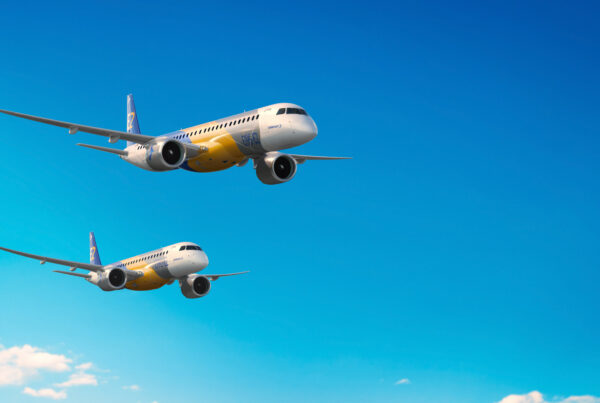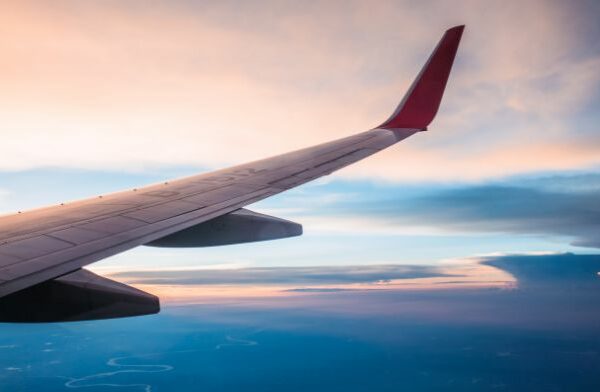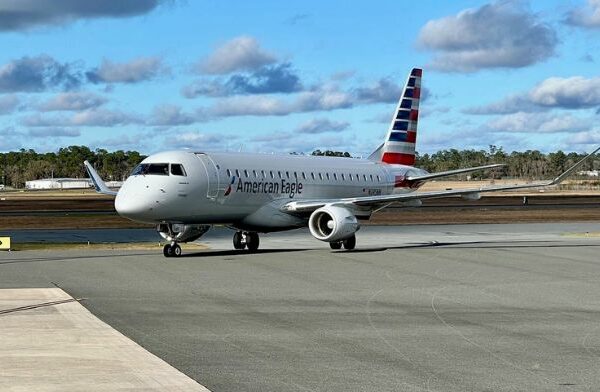The certification of a flight simulator, that is, its accreditation as a valid tool for the qualification of the education and training of pilots, consists of evidence in front of the regulatory body that its flight characteristics coincide, with a certain level of tolerance, with those of the aircraft it emulates.
The certification process is developed in a series of stages that goes from the design and manufacture to the start-up of the simulator. During this period, all the necessary documentation is generated, including user, procedures, and software and equipment version control manuals.
For example, a manufacturer of fixed-base FSTD (Flight Simulation Training Device) simulators such as Simloc must submit the following documentation, to complete certification:
- FSTD Operation Manual
- IOS Operation Manual
- List of Malfunctions reproduced by the FSTD
- FSTD Maintenance Manual
- FSTD equipment list
- FSTD Subjective Test Acceptance Manual
- List of drawings of the FSTD installation
The procedure culminates with the preparation by the manufacturer of Qualification Test Guides (QTGs), where each of the simulator’s technical characteristics is specified and how its correct operation is tested and verified.
After carrying out objective and subjective tests on the device, the competent authority certifies, through a sealed report, that it complies with strict design and behavior standards in accordance with the class of aircraft it simulates
- Certification Levels
There are different certification bodies with different levels. The best known are the North American FAA (Federal Aviation Administration) and the European EASA(European Aviation Safety Agency). There are countries that are attached to one or the other, although they do not belong to those geographical regions. In Spain, AESA (Agencia Estatal de Seguridad Aérea) is the body in charge of the certification of national simulators, in close collaboration with EASA.
These would be the certification categories for EASA and FAA and their equivalences, from lowest to highest fidelity with respect to the simulated aircraft:
Therefore, BITD (Basic Instrument Training Device) and ATD (Aviation Training Device) simulators are very simple devices to become familiar with general aviation concepts, without complying with specific requirements of any aircraft or having a closed or simulated cockpit. In ATD there are two derivatives, the Basic (BATD) and the Advanced (AATD).
The complexity increases as the level of fidelity does when it is necessary for the simulator to fulfill general aspects of a certain class of aircraft. For example, the FNPT II (Flight Navigation Procedures Trainer) + MCC (Multi-Crew Coordination training) is required to have a complete and closed cabin, isolated from distractions from the outside, that complies with the type of engine and MTOM (Maximum Take-Off Weight) of the aircraft to be reproduced, as well as training procedures according to that type of aircraft. However, they are not required to be exactly the same as a particular aircraft.
FTD (Flight Training Device) simulators are devices that copy a specific aircraft model, so they must emulate both its behavior and its systems and procedures. The major difference between FTD 1 and FTD 2 is in the number of aircraft systems to be accurately reproduced. At this level, the manufacturer’s data is necessary to justify the behavior of the aircraft.
Finally, the FFS (Full Flight Simulator) simulators are the most faithful to the real aircraft, both in behavior, including movement, and in procedures and systems, with the FFS-D being the highest level. It is usually defined colloquially as an airplane on the ground since the behavior is imitated by all the information that the manufacturer of the real airplane has on flight tests and engineering to obtain the certificate of airworthiness of the authentic airplane. As a result, these simulators are registered and, many of them, use avionics and control knobs of the aircraft that they reproduce.
- Where is the Certification done?
Unlike cars, for example, which pass only one homologation per model, simulators must be certified one by one and when installed and operating at the operator’s final location. They must be evaluated as a whole, being included in both the hardware and software elements and any change of any of them must be notified. Safety factors, such as right-of-way around the motion system, are also monitored.
The authorities allow certain objective and subjective tests to be carried out at the manufacturer’s facilities, but the definitive tests must be done at the operator’s facilities to confirm that no changes have been made to its specifications and performance during the transportation of the simulator.
- The power of Certification
A certified simulator guarantees correct and realistic training in relation to the aircraft category or model for which a flight license is being obtained or refresher courses are being taken. Obtaining the certification confirms that the training is adequate for the student or pilot since the procedures have been approved and comply with flight safety criteria and recommendations issued by regulatory authorities, such as ICAO (International Civil Aviation Organization).
Ultimately, a certified simulator is necessary for students to cover the simulator hours required to obtain flight licenses and for licensed pilots to validate their recurring training hours.
By Jaime Valle and Andrés Barroso | Simloc








